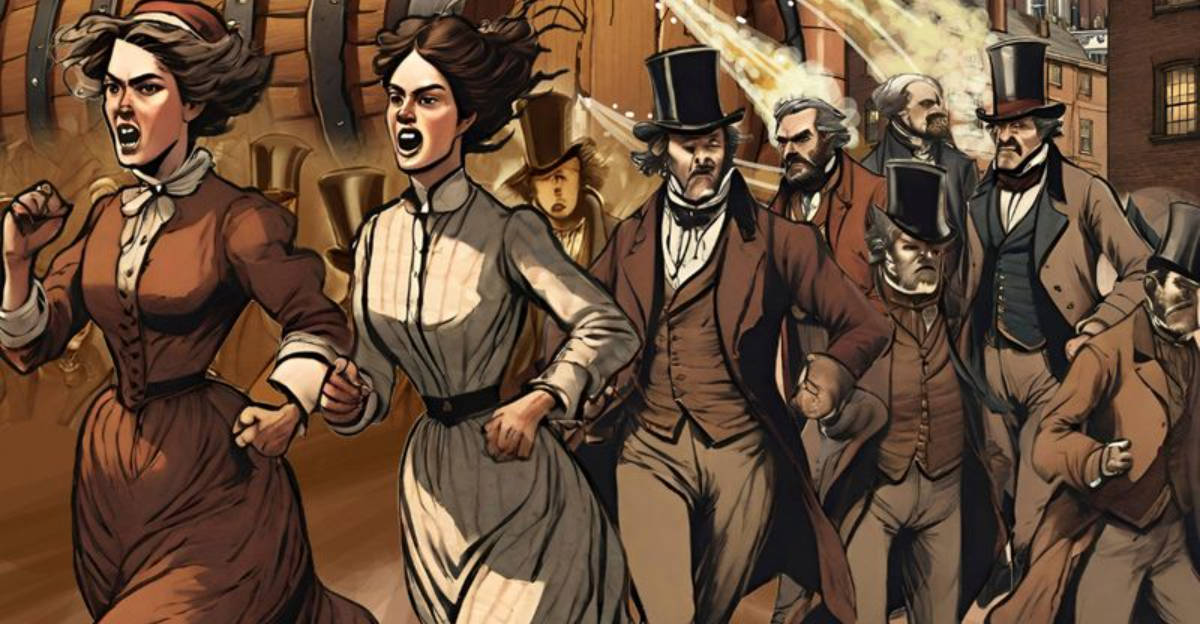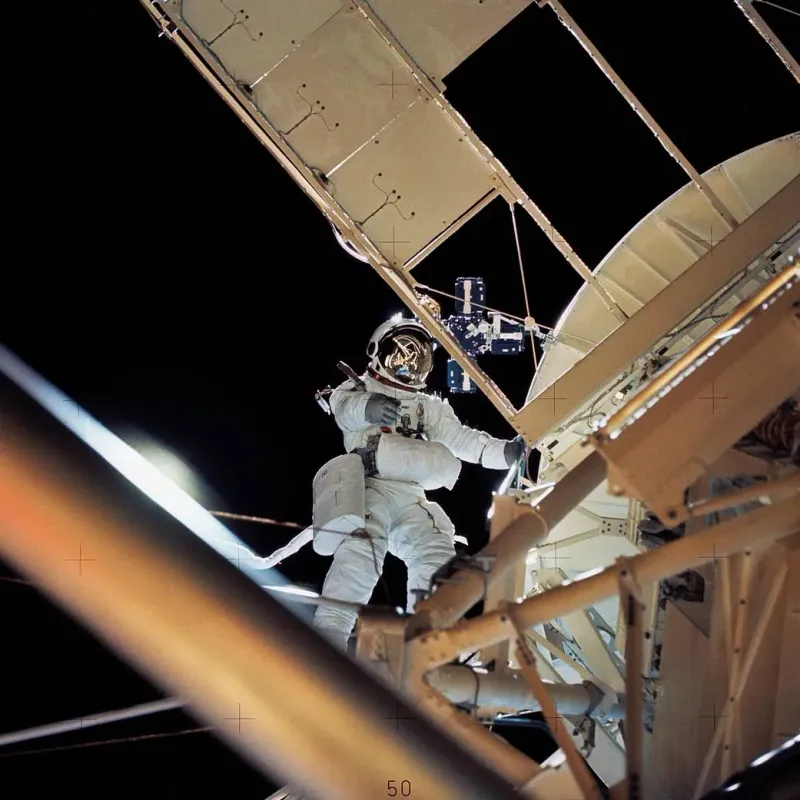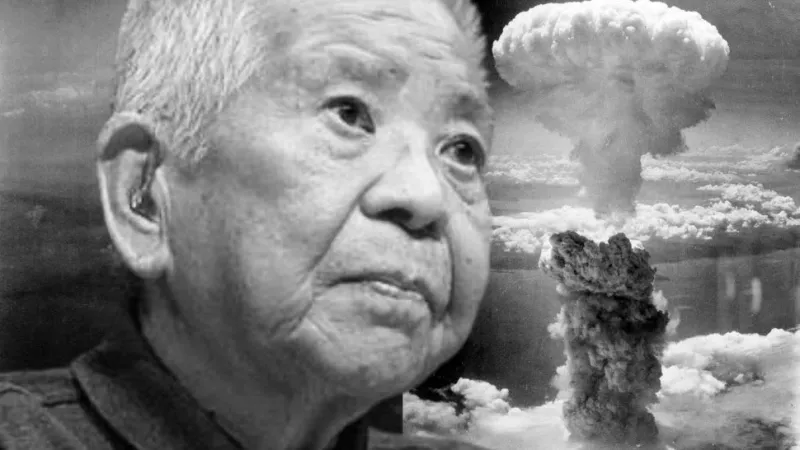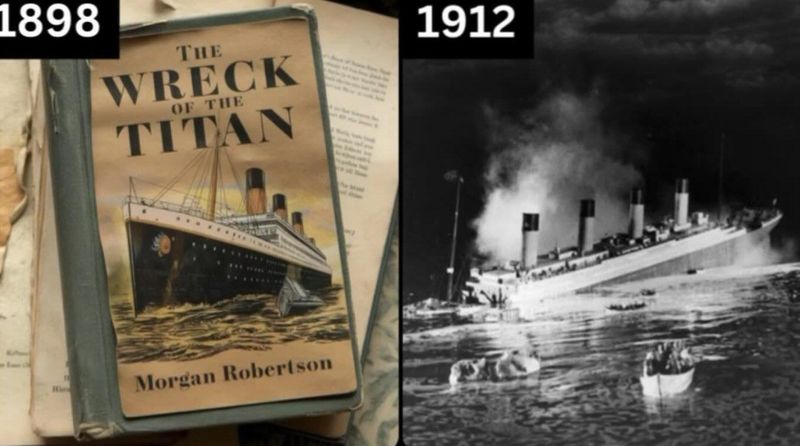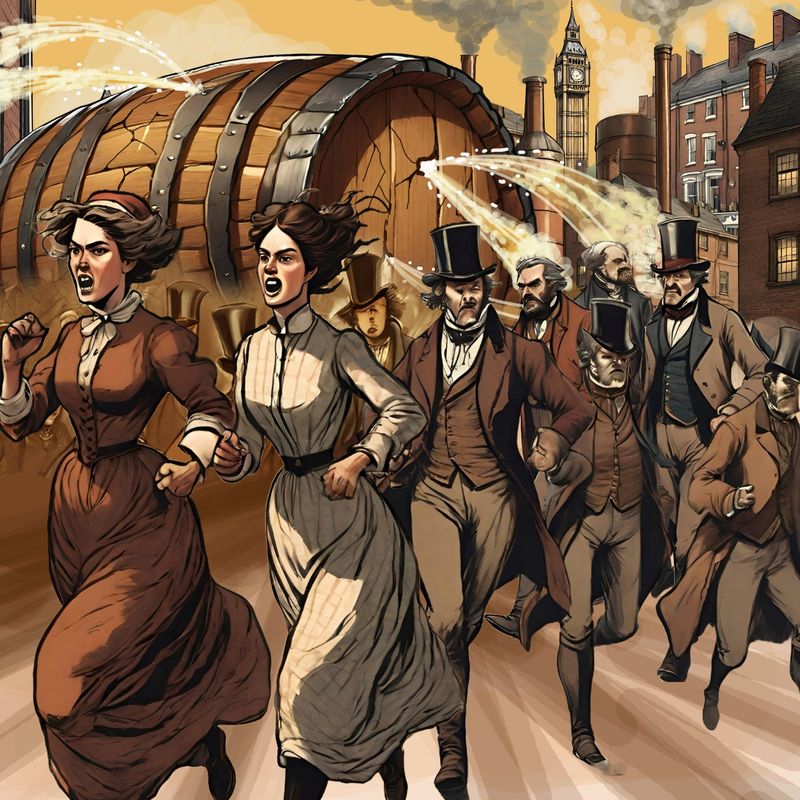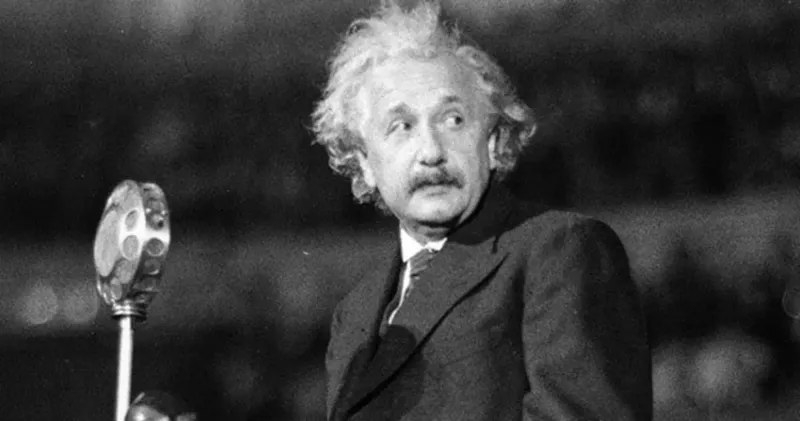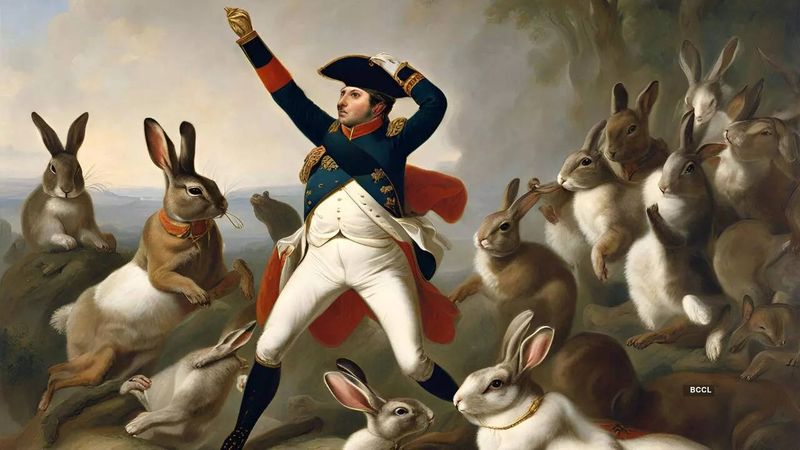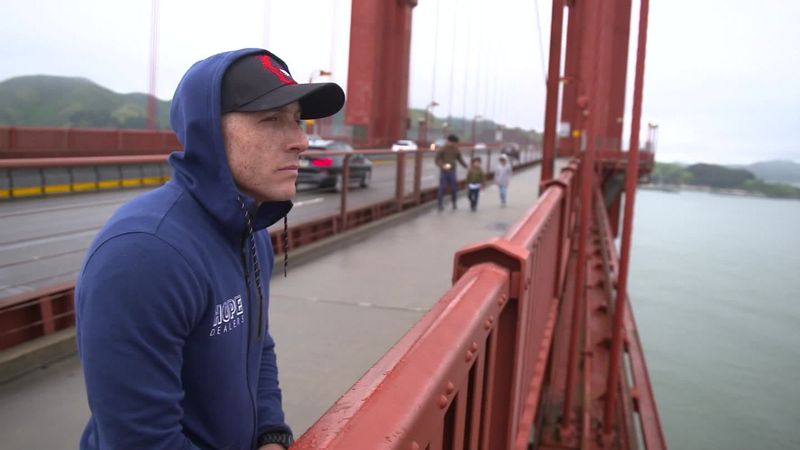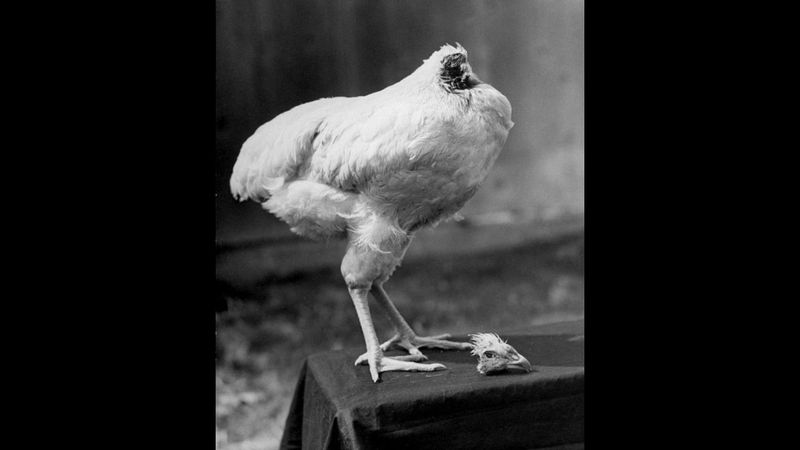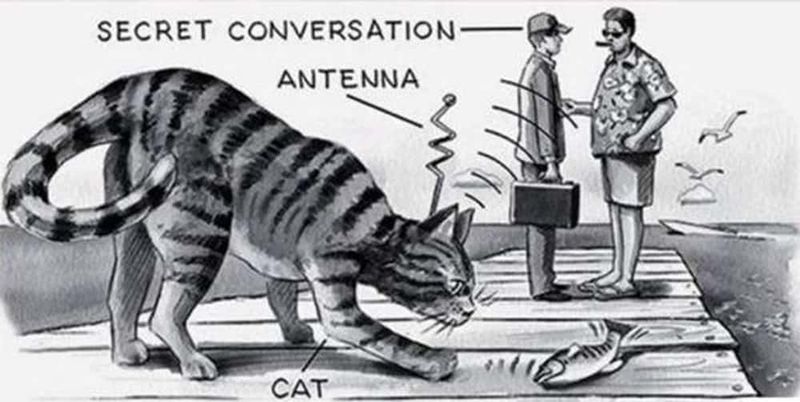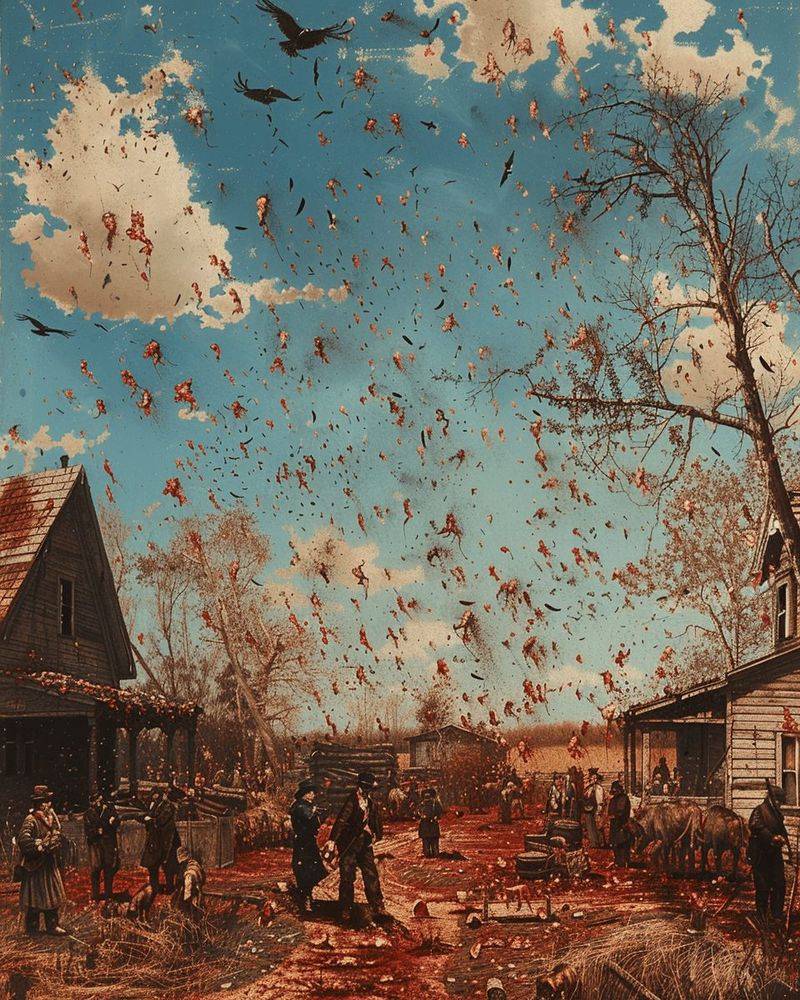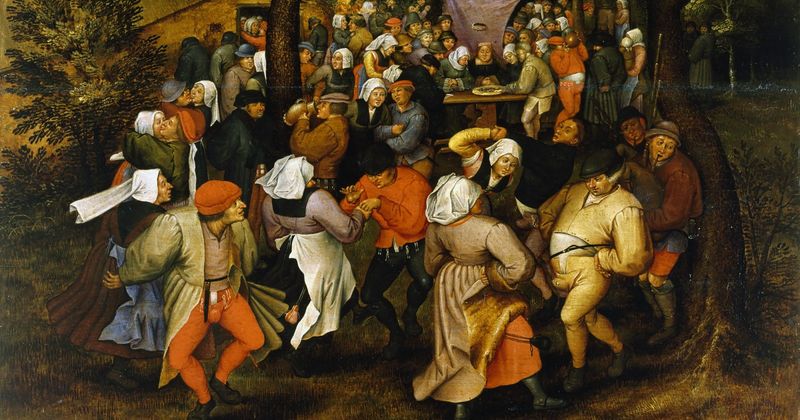In a world full of unexpected surprises, certain historical events are so strange that they seem to defy logic and reason. From peculiar occurrences to unimaginable coincidences, these stories capture the essence of bizarre reality. Here is a collection of 20 real-life events that challenge our understanding of what is possible.
Each tale unfolds with its unique twist, inviting us to question the boundaries between fact and fiction. Prepare to be amazed by these extraordinary narratives that truly exemplify the adage that truth can be stranger than fiction.
1. The Exploding Whale of Oregon
In 1970, the residents of Florence, Oregon, faced a massive problem: a beached whale carcass. Weighing several tons, the whale posed a significant disposal challenge. Officials decided on a bold solution: dynamite. The idea was to blow the whale into pieces small enough for scavengers to consume. The explosion, however, exceeded expectations, sending chunks of whale raining down on nearby cars and buildings. The spectacle drew attention and laughter, becoming a legendary tale of unconventional problem-solving. The exploding whale remains a quirky piece of Oregon’s coastal history.
2. An Astronaut’s Car Keys Floated Away in Space
During a 1973 Skylab mission, astronaut Pete Conrad experienced a surreal moment when his car keys floated off during a spacewalk. As he maneuvered in orbit, a tool bag slipped from his grasp, becoming a permanent fixture in space. The keys, forever lost to the void, symbolized the challenges and unpredictability of space exploration. Conrad’s experience serves as a reminder of the careful coordination required in extraterrestrial environments. This incident is one of many that showcase the trials faced by astronauts as they navigate the final frontier.
3. A Man Survived Two Atomic Bombs
Tsutomu Yamaguchi’s story is one of unimaginable survival. On August 6, 1945, he was in Hiroshima on business when the first atomic bomb was dropped. Miraculously, he survived the blast and managed to return to his hometown of Nagasaki. Just days later, on August 9, a second atomic bomb struck. Once again, Yamaguchi lived through the devastation. His remarkable ability to endure not one, but two nuclear attacks, has made him a symbol of resilience and fortitude. Yamaguchi’s story continues to inspire and remind us of the enduring human spirit.
4. The Titanic Had a Fictional Twin Sinking Before It Happened
In a chilling coincidence, the novella “Futility” published in 1898 eerily mirrored the fate of the Titanic. The fictional ship “Titan” bore striking similarities: both were considered unsinkable, both lacked sufficient lifeboats, and both met their demise by striking an iceberg. Fourteen years after the novella’s release, the real Titanic tragedy unfolded, echoing the fictional account. This uncanny parallel has sparked speculation and intrigue, prompting questions about fate and forewarning. The Titan and Titanic’s shared narrative serves as a haunting reminder of life’s unpredictable twists.
5. The Man Who Was Hit by Lightning Seven Times
Roy Sullivan’s life story is a testament to defying odds. As a park ranger, he survived being struck by lightning an astounding seven times between 1942 and 1977. Each strike left him with injuries, but his resilience never wavered. Dubbed the “human lightning rod,” Sullivan’s experiences highlight the unpredictable and often dangerous forces of nature. His unique claim to fame earned him a place in the record books and sparked fascination worldwide. Sullivan’s legacy endures as a reminder of nature’s power and the resilience of the human spirit.
6. A Baby Fell From a Window—Twice—and Was Caught Both Times by the Same Man
In 1930s Detroit, a man named Joseph Figlock became an unlikely hero when he caught a falling baby from a second-story window. Astonishingly, a year later, the same baby fell from the same window, and Figlock was there once again to save the day. This remarkable coincidence left the community in awe, earning Figlock local fame and gratitude. The repeated rescue of the baby highlights the improbability of such events and the incredible timing of Figlock’s presence. His story stands as a testament to chance and quick reflexes.
7. A Woman Woke Up Speaking With a Foreign Accent
Foreign Accent Syndrome is a rare condition where individuals suddenly speak with foreign accents. A British woman experienced this firsthand after a severe migraine, waking up with a strong Chinese accent despite never visiting China. The condition baffled her and medical professionals, sparking curiosity and concern. While her voice changed, her identity remained intact, leading to a unique journey of self-discovery and adaptation. This phenomenon challenges perceptions of language and identity, revealing the brain’s complex relationship with speech. Her story illuminates the mysteries of neurology and human expression.
8. The Man Who Was Shot in the Head and Became a Genius
Jason Padgett’s transformation began with a violent mugging in which he was shot in the head. The injury left him with a rare condition called acquired savant syndrome, unlocking extraordinary mathematical abilities. Despite having no prior interest in mathematics, Padgett developed an intense fascination with complex patterns and fractals. His story challenges conventional understanding of the brain’s potential and adaptability. Padgett’s journey from tragedy to brilliance offers a captivating glimpse into the mysteries of human cognition and the unexpected paths to genius.
9. The London Beer Flood
In 1814, the streets of London were swept by a deluge of beer. A massive vat at the Meux Brewery burst, unleashing over 300,000 gallons of porter into the surrounding area. The torrent swept through streets, demolishing buildings and tragically drowning eight people. The incident exposed the perils of industrialization and the fragility of urban infrastructure. The London Beer Flood remains a poignant chapter in the city’s history, blending tragedy with the bizarre. It serves as a reminder of the unexpected perils that can arise from technological advancements.
10. The Town That Moved… Twice
Centralia, Pennsylvania, became a ghost town after an underground mine fire ignited in 1962. The fire, fueled by coal seams, gradually consumed the town from beneath. As toxic gases seeped to the surface, residents were forced to relocate for their safety. Despite relocation efforts, the fire still smolders today, over half a century later. Centralia’s eerie landscape, with smoke rising from the ground, has become a symbol of environmental disaster and human resilience. The town’s saga continues to captivate those fascinated by its fiery fate.
11. Einstein Turned Down the Presidency of Israel
In 1952, Albert Einstein received an unexpected offer: the presidency of Israel. Despite being flattered, Einstein declined, citing his lack of political experience and desire to focus on science. Known for his cultural Zionism, Einstein advocated for peaceful coexistence between Jews and Arabs. His decision reflected his commitment to intellectual pursuits over political power. This intriguing chapter in Einstein’s life highlights his principles and priorities. It also underscores the complexity of leadership choices faced by influential figures. Einstein’s refusal remains a testament to his values and legacy.
12. Napoleon Was Once Attacked by a Horde of Bunnies
Napoleon Bonaparte, the formidable French leader, met an unexpected adversary during a hunting expedition. Planning a grand rabbit hunt, Napoleon’s men collected hundreds of bunnies, intending to release them for the event. However, when the bunnies were set free, they turned the tables, charging at Napoleon instead of fleeing. The scene quickly turned chaotic as the rabbits swarmed the Emperor. This whimsical encounter adds a touch of humor to Napoleon’s storied legacy, illustrating that even the most powerful leaders can be outwitted by nature.
13. A Man Once Jumped Off the Golden Gate Bridge and Survived
Kevin Hines’ miraculous survival is a story of hope and resilience. In 2000, he leapt off the Golden Gate Bridge, one of the world’s most infamous suicide sites. Against all odds, Hines survived the 220-foot fall, thanks to the quick response of a nearby boat. His experience became a catalyst for change, inspiring him to advocate for mental health awareness and suicide prevention. Hines’ journey from despair to advocacy underscores the importance of understanding and addressing mental health issues. His story continues to resonate and inspire across the globe.
14. A Chicken Lived for 18 Months Without a Head
In 1945, a rooster named Mike defied biological odds by living for 18 months without a head. The farmer who attempted to slaughter him botched the job, leaving Mike’s brain stem intact. Amazingly, Mike survived, fed with an eyedropper by his bemused owner. This headless wonder toured the country, becoming a sideshow sensation and earning his owner a small fortune. Mike’s bizarre existence challenged perceptions of life and resilience, capturing the curiosity of audiences everywhere. The tale of Mike the Headless Chicken remains a testament to nature’s oddities and survival.
15. The CIA Tried to Spy on the Kremlin Using Cats
During the Cold War, the CIA embarked on a peculiar espionage venture: “Acoustic Kitty.” The project aimed to turn ordinary cats into covert operatives by implanting them with microphones. The first test, however, ended disastrously when the cat was hit by a taxi. Despite the project’s failure, it exemplified the creative lengths intelligence agencies pursued during the tense geopolitical era. “Acoustic Kitty” remains a bizarre footnote in espionage history, a blend of innovation and absurdity. This tale of feline espionage adds a touch of humor to Cold War narratives.
16. The Time It Rained Meat in Kentucky
In 1876, residents of Bath County, Kentucky, witnessed a bizarre meteorological event: a shower of raw meat. Chunks of flesh fell from the sky, bewildering onlookers and sparking wild theories. Some believed it to be a supernatural occurrence, while others speculated about aircraft or balloon mishaps. Scientists eventually suggested that vultures, after overeating, may have regurgitated the meat mid-flight. This peculiar shower remains one of history’s most unusual weather events, blending folklore with science in a mysterious tale of nature’s unpredictability.
17. A Skydiver’s Parachute Failed—and She Lived
In 1999, skydiver Joan Murray faced a terrifying freefall when her parachute failed to deploy. Plummeting from 14,500 feet, she miraculously survived by landing on a mound of fire ants. The ants’ stings jolted her body, potentially kick-starting her heart and saving her life. Murray’s unbelievable survival story is a testament to chance and the body’s resilience. Despite the harrowing experience, she continued her passion for skydiving, embodying courage and determination. Her tale captivates those intrigued by the improbable and the extraordinary resilience of the human body.
18. The Dancing Plague of 1518
In July 1518, a peculiar phenomenon took over the town of Strasbourg: a dancing plague. It all began with a woman dancing uncontrollably in the streets, soon joined by hundreds of townsfolk. The dancers seemed possessed, unable to stop even as exhaustion took its toll. Some reportedly danced to their deaths, collapsing from heart attacks and strokes. This bizarre outbreak puzzled onlookers and has since baffled historians and scientists alike. Theories range from mass hysteria to ergot poisoning, but the true cause remains unknown, leaving this event shrouded in mystery and intrigue.
19. A Bank Robbery Solved by a Sandwich
In 2008, a seemingly ordinary sandwich played a pivotal role in solving a bank robbery. The thief left behind his half-eaten meal at the crime scene, unwittingly providing a crucial clue. Forensic experts extracted DNA from the sandwich crust, leading to the suspect’s identification and arrest. This unusual case showcased the power of forensic science in modern investigations. The sandwich’s unexpected role in cracking the case adds a quirky twist to criminal history, demonstrating how even the most mundane objects can become key evidence in solving crimes.
20. The Great Emu War of Australia
In 1932, Australia faced an unprecedented enemy: the emu. These large, flightless birds descended upon Western Australia’s farmlands, wreaking havoc on crops. Farmers, desperate to protect their livelihoods, enlisted the military for assistance. Armed with machine guns, soldiers waged war against the emus. Despite their efforts, the birds proved elusive, and the operation was deemed a failure. The emus emerged victorious, leaving behind a story of human folly and nature’s resilience. The Great Emu War remains a humorous footnote in history, a testament to the unpredictability of animal encounters.
